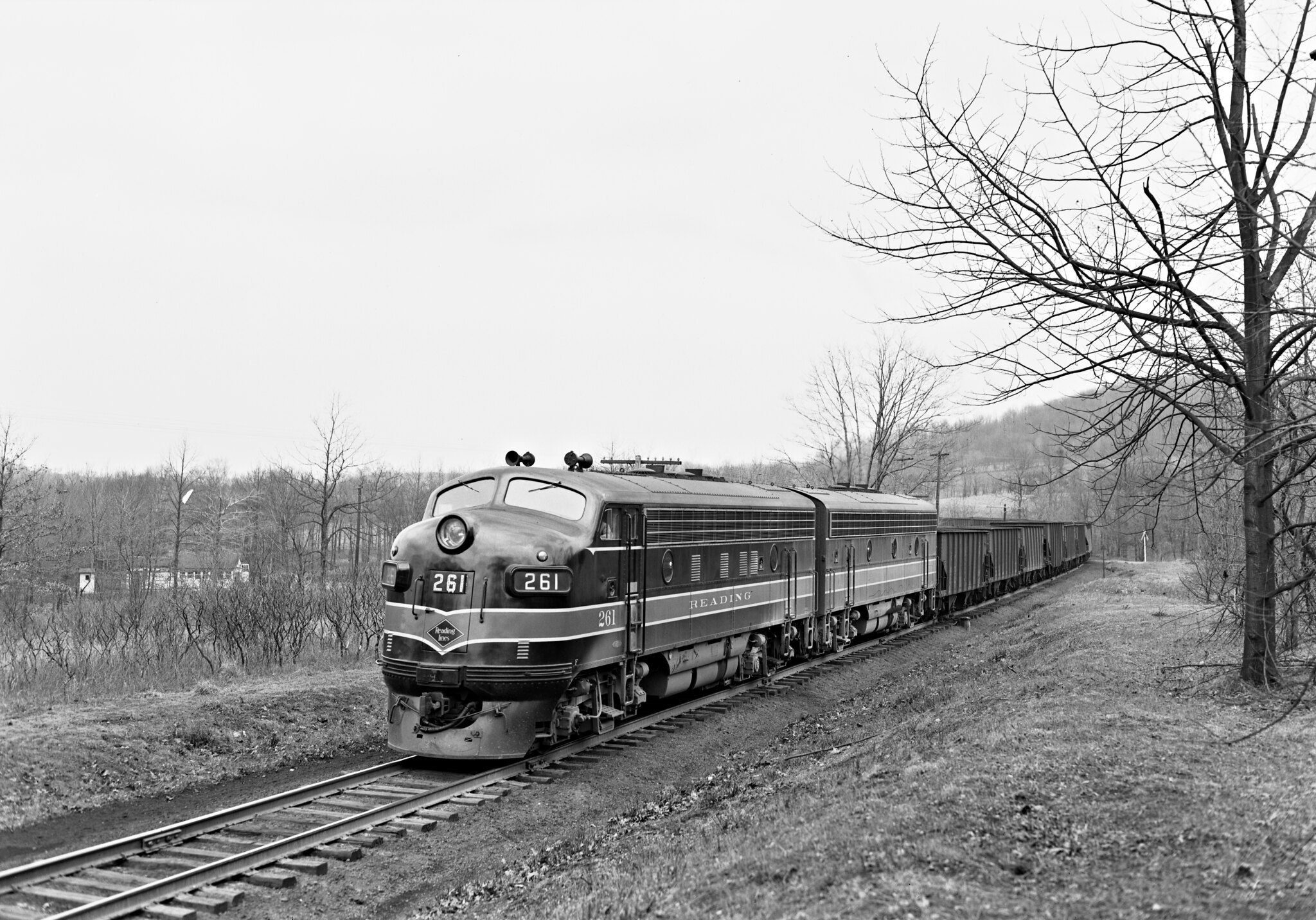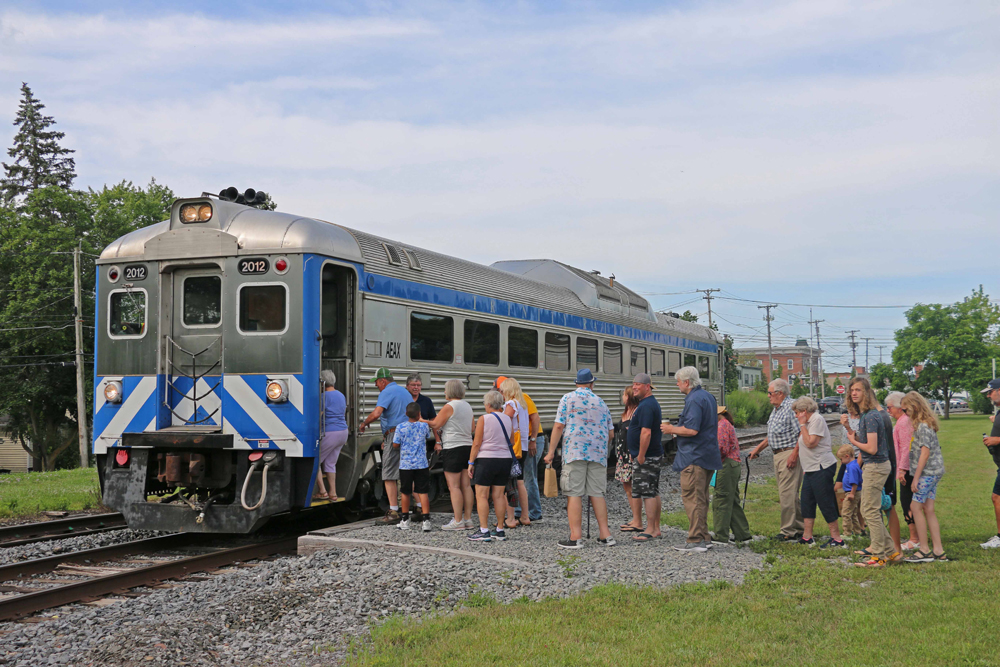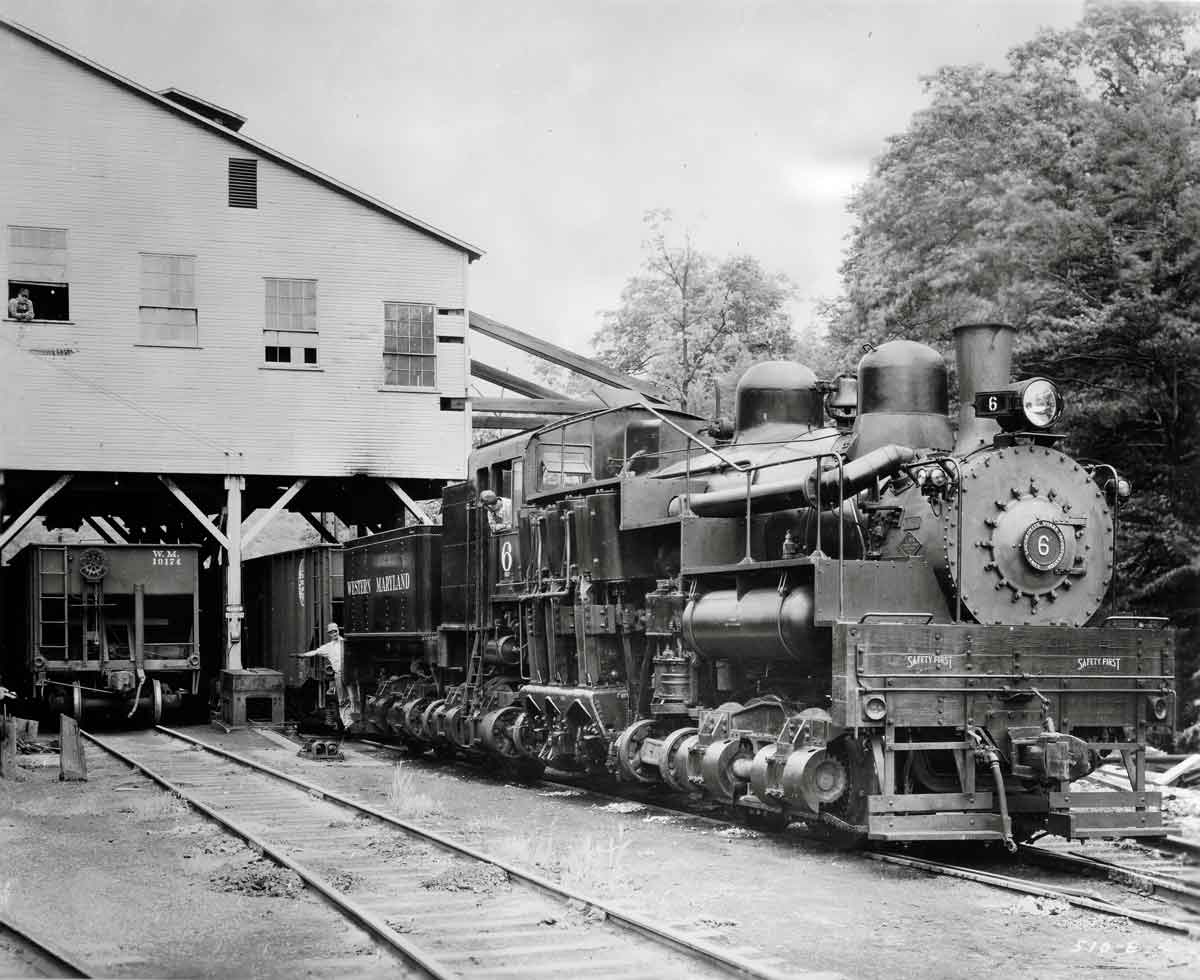A map of the New York Central Rochester Division, showing just how confusing the situation really is. Keep in mind, this doesn't include the 4-track Water Level Route main line or the parallel double-tracked West Shore Line, because those were considered the Syracuse Division, despite both serving Rochester as well. Confused yet?

The single-track line from Rochester to Syracuse is the Auburn Road, or Auburn Branch. Conrail placed what had been the NYC Auburn Branch, Canandaigua-Victor, about 8 miles, "out of service effective 00:01 hours Wednesday, 28 March 1979". This segment was removed by late September, 1980. They also abandoned the Pittsford Running Track, Pittsford-Brighton, 5.1 miles, on August 4th, 1982. But the eastern end remains intact and active under Finger Lakes Railway, and they use that to interchange with the New York, Susquehanna & Western (who uses the old DL&W line from Syracuse down to Chenango Forks) and CSX (who uses the NYC Main Line)
The single-track line running along the very edge of Lake Ontario from Suspension Bridge, NY to Oswego, NY was the old Rome, Watertown & Ogdensburg, known variously as the RW&O Division, St. Lawrence Division, and simply "The Hojack". It actually continued further northeast to Massena Springs, and also has that little leg that runs southeast to Syracuse and it also had a line from Richland to Rome through Altmar, Williamstown, Westdale, Camden and Mcconnellsville, and in Rome it rejoined with the Water Level Route. That segment from Richland to Rome is long gone, but the rest of the RW&O is pretty intact under CSX.
The double-track segment that drops south at Charlotte and heads east to GD is the Falls Road or Falls Branch. The Falls Branch was a shortcut to Detroit, MI, going thru Canada, north of Lake Erie. Passenger service stopped on that in 1957. A lot of auto carriers went that way into Rochester where they hooked up with the mainline thru to Albany where there was a large auto distribution yard. Conrail took up the tracks from Brockport to Elmgrove area to reduce the value of the branch line and make sure no one else could compete with them if and when they sold the line as it was no longer producing a lot of freight. They sold the section from Lockport to Brockport in 1995 to Genesee Valley Transportation, and GVT set it up as the Falls Road Railroad Company.
The two disconnected bits from North Tonawanda east to Caledonia, and then on the eastern side of the Genesee River from Canandaigua was the Batavia Branch, but often called the Peanut Branch, the Peanut Line or simply "the Peanut", but it was originally one connected piece of traffic and it was the Canandaigua & Niagara Falls Railroad, incorporated under the new general incorporation law for railroads passed by the state legislature in 1850. It was built to connect Niagara Falls to the Erie, but it failed two years later and was sold by European investors to the NYC, who were glad to eliminate a potential competitor. Where the "Peanut" nickname came from, nobody really knows, but that line's best days were behind it by the 20th century. This line just became redundant with the parallel track the NYC already had with the Main Line that connected with the Niagara Branch at Buffalo, the Auburn Road also served Canandaigua, and the Falls Road Branch connected with Niagara Falls. The Holcomb to Caledonia segment was removed somewhere about 1939, severing the line, and then NYC slowly rolled up the rest of the line over the years. Amazingly, on Sunday, July 21, 1946, the Buffalo Chapter NRHS did sponsor a special excursion aboard the the line, traveling from Buffalo's Central Terminal to North Tonawanda NY and then along the Peanut line to Caledonia NY. Today, there's a few bits and pieces still in use by Finger Lakes Railway and Rochester & Southern, but most of it is long gone and the right of way has even been obliterated by time and highway construction, and photos of it when it was intact or in service are nigh non-existent.
















































